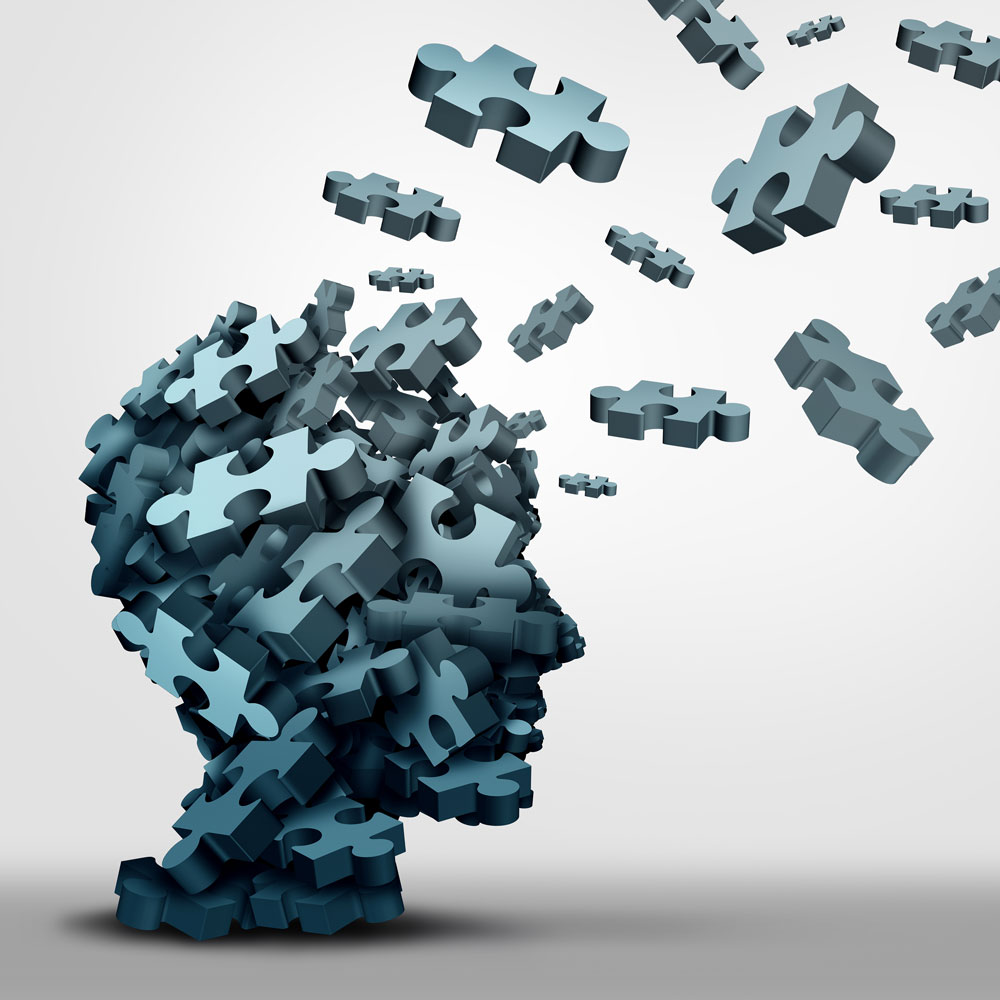ketamine faqs
frequently asked questions about ketamine
Ketamine is an innovative depression treatment and chronic pain management solution, effective for an astounding 70% of patients. Though it has been FDA-approved as an anesthetic and analgesic since the 1970s, its antidepressant qualities were not discovered until the late 1990s. Over the past couple of decades, a significant amount of research has been done to understand how ketamine works to treat depression and chronic pain. Here are some answers to commonly asked questions about ketamine for depression and chronic pain.

what is ketamine?
Ketamine is a medication that has been in medical use for over 50 years. It is considered a “dissociative anesthetic” because, in high doses, it causes dissociation of the patient’s mind from the body. In doing so, it allows for an otherwise painful procedure to be performed on a patient. On a biochemical level, it blocks the NMDA receptor. This is where it is thought to exert some of its anti-depressant and pain mitigating qualities.
What conditions can ketamine treat?
Major depression, the depressed phase of bipolar disorder (bipolar depression), postpartum depression, anxiety, post-traumatic stress disorder (PTSD), obsessive compulsive disorder (OCD), pain syndromes such as fibromyalgia and complex regional pain syndrome (CRPS), also known as reflex sympathetic dystrophy (RSD).
What does it mean when ketamine is being used "off-label"?
The use of ketamine for treatment resistant depression and chronic pain is considered “off-label” by the FDA. Once a drug is approved by the FDA for one indication then clinicians may use that same medication for other indications if they feel that the evidence supports the practice. Ketamine is off-label because no one has invested the millions of dollars necessary to go through the multi-phase process of getting ketamine “approved” by the FDA for these indications. The fact that ketamine is a generic medication means that it is very unlikely that any company or organization will EVER spend the money to get ketamine “FDA approved.” The issue of whether there is good evidence to support the use of ketamine for the indications that Klarisana is using it for is separate from the simple discussion of FDA approval. There are many medications that are prescribed and administered every day that are off-label. For example, Compazine (prochlorperazine) is indicated for nausea but frequently used to treat migraine headaches. Dr. Bonnett and many other clinicians feel that the evidence (both published and anecdotal) is strong enough that patients deserve to have the option to try ketamine infusion therapy in a carefully controlled setting. This position is further strengthened by the fact that Kaiser Permanente (a healthcare organization with over ten million members) started offering ketamine infusion therapy at several of its clinics in the San Francisco area.
What is involved in receiving a ketamine infusion?
Infusions are delivered in a private room, with full heart and vital signs monitoring, and with one-to-one monitoring by our highly qualified staff. After the clinician determines the appropriate dose of ketamine and any ancillary medications, an intravenous catheter is placed in the patient’s vein and a precise amount of medication is delivered over the prescribed time. This is usually one hour for most conditions but can be longer for some pain conditions. The vast majority of patients report that a ketamine infusion is a very peaceful, relaxing, and introspective experience.
Will I have privacy during my infusion?
Many clinics try to save money by administering infusions to multiple people in the same room. They cut costs in this way because they can use less space and less staff. At Ketamine Mississippi, each patient receives an infusion in a private room with one-to-one monitoring by highly qualified staff. We believe that the experience and the environment in which a patient receives their infusion plays a big part in how effective the treatment will be. Attempting to have a ketamine journey with several other patients in the same room would be very counterproductive.
Does everyone receive the same treatment protocol?
We believe that the ideal dose is VERY individualized and requires a fair amount of effort on the part of the clinician treating you. We feel it is important to have a Psychotropic Therapeutic Response (PTR) where a true paradigm shift in a patient’s thought patters can be achieved. For some people this is 50mg over an hour and others it is 200mg over an hour. It takes a lot of time and effort on that part of clinic staff to fine tune the dosing strategy for each patient. Some centers cut costs by having a standard “one size fits all” protocol such as everybody gets 0.5 mg/kg of ketamine over forty minutes for a total of six infusions. We find that this assembly line model is too simplistic and counterproductive when we are talking about achieving a a true therapeutic response.
begin restoring your mind & body
Visit us or send a message and find out if ketamine infusions are right for you or a loved one.
Comprehensive Pain Center for Ketamine IV
129 Fountains Blvd.
Suite #101
Madison, MS 39110, US
+1 769.300.0730
ketamine clinic hours
Monday-Thursday: 8am-5pm
Friday-Sunday: Closed
